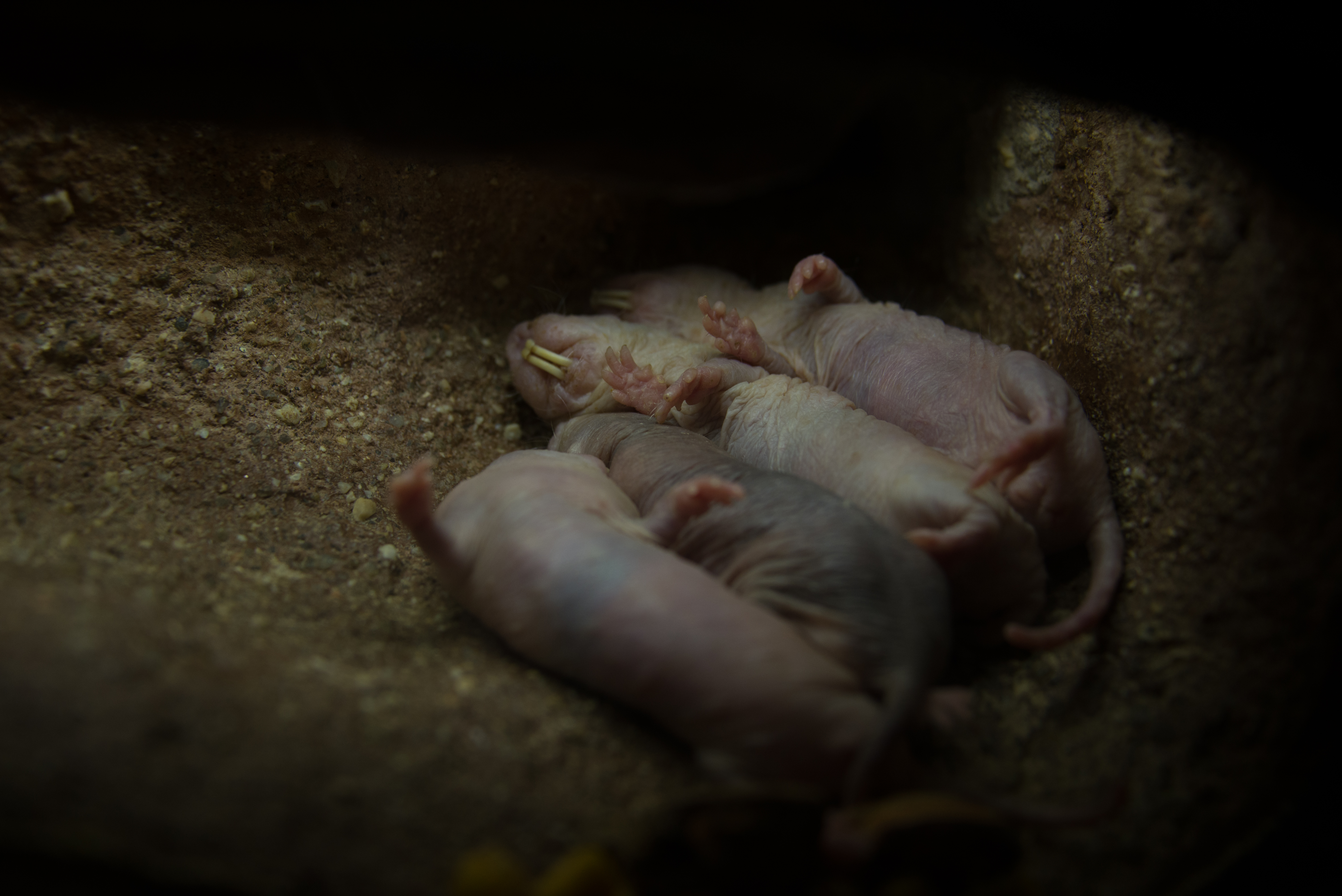A Comprehensive Guide to Caring for Baby Moles: Nurturing Their Fragile Lives
Introduction
Baby moles, with their velvety fur and tiny, delicate features, evoke a sense of tenderness and protectiveness. These subterranean creatures, born blind and helpless, rely heavily on their caregivers for survival. Caring for baby moles is a demanding yet rewarding task that requires patience, dedication, and a deep understanding of their unique needs. This comprehensive guide will provide you with all the essential information you need to ensure the well-being and thriving of these adorable creatures.
Understanding Baby Moles
Baby moles are born in litters of 2-5, usually during the spring or summer months. They are born blind and hairless, weighing only a few grams. Their skin is pink and translucent, revealing their delicate internal organs. Baby moles are entirely dependent on their mother for food, warmth, and protection.
Creating a Suitable Environment
Providing a safe and comfortable environment is crucial for the well-being of baby moles. Here are some key considerations:
- Temperature: Baby moles are highly sensitive to temperature fluctuations. Maintain a constant temperature of 75-80°F (24-27°C) in their enclosure.
- Humidity: Moles thrive in humid environments. Use a humidifier or place a shallow dish of water in their enclosure to increase humidity levels.
- Darkness: Moles are nocturnal creatures and prefer dark environments. Provide them with a dark, enclosed space to sleep and hide.
- Substrate: Line the enclosure with a soft, absorbent substrate such as shredded paper, cotton balls, or fleece. This will provide insulation and comfort.
Feeding Baby Moles
Baby moles are exclusively milk-fed for the first few weeks of life. They require frequent feedings, every 2-3 hours around the clock. Here are some options for feeding baby moles:
- Formula: Commercially available kitten milk replacer can be used to feed baby moles. Warm the formula to body temperature (98.6°F/37°C) before feeding.
- Goat’s milk: Goat’s milk is a suitable alternative to kitten milk replacer. Dilute it with water in a 1:1 ratio and warm it to body temperature before feeding.
- Nursing from a lactating female: If possible, allow baby moles to nurse from a lactating female mole. This provides them with the optimal nutrition and bonding experience.
Feeding Technique:
- Use a syringe or dropper to gently feed baby moles.
- Hold the baby mole upright and support its head and neck.
- Insert the syringe or dropper into the side of the baby mole’s mouth and slowly release the milk.
- Avoid overfeeding, as this can lead to digestive problems.
Weaning:
Baby moles typically begin weaning around 4-6 weeks of age. Gradually introduce solid foods, such as moistened kitten food or finely chopped earthworms, into their diet. Continue to offer milk until they are fully weaned.
Hygiene and Grooming
Baby moles require regular cleaning and grooming to maintain their health and prevent infections. Here’s how to care for their hygiene:
- Bathing: Baby moles do not require frequent bathing. If necessary, use a soft, damp cloth to gently wipe their body. Avoid using soap or harsh chemicals.
- Nail trimming: Baby moles’ nails grow quickly. Trim their nails regularly using sharp, small scissors.
- Ear cleaning: Check baby moles’ ears regularly for any signs of infection or discharge. If necessary, gently clean their ears with a cotton swab dipped in warm water.
Health and Medical Care
Baby moles are susceptible to various health issues, including:
- Respiratory infections: Baby moles can develop respiratory infections due to exposure to cold or damp environments. Symptoms include sneezing, coughing, and difficulty breathing.
- Digestive problems: Overfeeding or feeding inappropriate foods can lead to digestive problems, such as diarrhea or constipation.
- Skin infections: Baby moles’ delicate skin is prone to infections. Keep their enclosure clean and dry to prevent skin problems.
If you suspect your baby mole is unwell, seek veterinary attention immediately.
Socialization and Enrichment
Baby moles are social creatures and require interaction with their caregivers and other moles. Here are some ways to socialize and enrich their lives:
- Handling: Handle baby moles gently and regularly to socialize them. Avoid excessive handling, as this can stress them.
- Playtime: Provide baby moles with toys and activities to stimulate their minds and bodies. Safe toys include small balls, tunnels, and cardboard boxes.
- Companionship: If possible, keep baby moles with other moles of the same age. This will provide them with companionship and socialization opportunities.
Releasing Baby Moles
Baby moles are typically ready to be released into the wild around 8-12 weeks of age. Here are some guidelines for releasing them:
- Choose a suitable location: Release baby moles in an area with abundant food and shelter, such as a park, forest, or garden.
- Acclimate them gradually: Place baby moles in a release cage in their chosen location for a few days before releasing them. This will allow them to acclimate to their new environment.
- Release at dusk: Release baby moles at dusk, when they are most active.
- Monitor their progress: Observe baby moles from a distance to ensure they are adjusting well to their new home.
Conclusion
Caring for baby moles is a challenging but rewarding experience. By providing them with a suitable environment, proper nutrition, and loving care, you can help these fragile creatures thrive and reach adulthood. Remember to seek veterinary attention if you have any concerns about their health or well-being. With patience, dedication, and a deep understanding of their unique needs, you can ensure the well-being and happiness of these adorable subterranean creatures.

